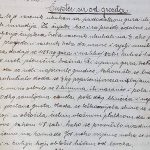December the 7th, 2018 – The intangible heritage of Croatia is complex and varied, so let us take a look at yet another one, which involves cheese. The preparation of cheesecloth cheese, locally called sir iz mišine, is a long tradition in Dalmatian inland, Dinara, Velebit, Lika, and the western Herzegovina area.
When the initial production of this piece of intangible heritage of Croatia first began isn’t known, but even the ancient Illyrians prepared this type of sheep cheese. One of the theories says that production began when milk stored in sheep paunches accidentally started the fermentation process. This kind of milk had whey and cheese, which during that time, became a tradition to make.
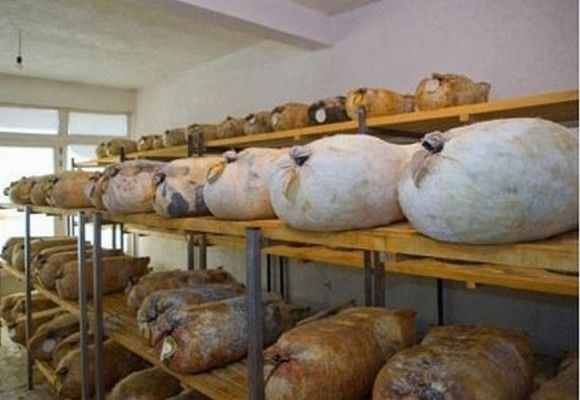
The way of making the cheese hasn’t changed much from the beginning. Back then, the cheese was made from whole sheep milk but today it’s done with skimmed sheep, goat, or cow milk too. It is preserved in sheep or goat paunches which gives it its typical smell and spicy flavour. It is usually produced during summer from extra sheep milk and it can be consumed from autumn onwards.
In order to make this cheese, one should follow several procedures. First, the paunch should be appropriately prepared, then the milking should be done and milk preparation should follow right after it. The whey should be prepared too. Making and preparing the sheep or goat paunch is important as it ensures good cheese making. The paunch should be properly washed, disinfected and dried from 15 to 30 days.
Knowledge and skill with regard to this craft is traditionally inherited from generation to generation. When everything is ready, the brewing process can start and the product can be stored in the paunches. Finally, the stored cheese needs to age, and then it is ready.
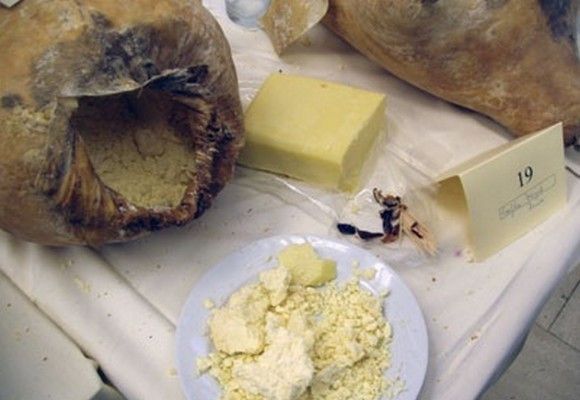
The brewing begins right after the milking and the brewing time depends on the temperature (ranges from 31-35°C to 35-40°C) and the strength of the whey. When the mixture forms a certain structure, the first layer is turned over to even up the temperature of the whole batch, then, it is cut into cubes and should rest until the whey turns into a greenish – yellow colour.
This cheese mass is then put in cloths and subsequently pressed.
After pressing the cheese, salt is added until there is enough cheese to be put into the paunch. If the paunch is filled with cheese one-time only, this ensures better quality. When the paunch is filled, the cheese is shredded and then crumbled. It is important to remove all the air from the paunch to ensure that it matures in controlled conditions (12-15°C). It takes 2-3 months to achieve its specific characteristics and to be ready for consumption.
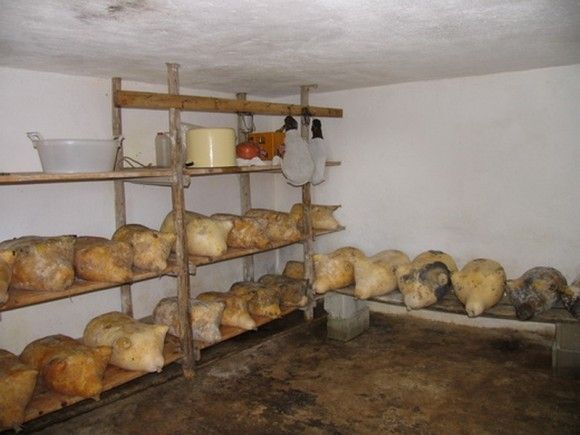
To produce one kilogram of cheese, you’d need 7-8 litres of skimmed milk or 7-9 litres of fresh sheep or mixed sheep/cow milk. To produce 12 to 15 kg of cheese and 7-8 litres of slurry, you would need 100 litres of whole sheep’s milk. The mature cheese is then taken out of the paunch and stored in low temperatures with the appropriate humidity and level of hygiene.
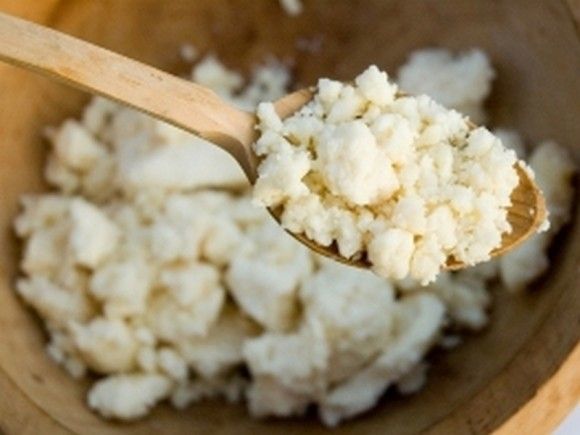
The area where this cheese is made is usually agricultural regions where you can find livestock like sheep, lambs, and goats. To keep this tradition going and in order to continue this type of cheese production, it is important to help to preserve small family businesses and agricultural estates which are involved in making it.
Nowadays, there are some differences in production as the sheep and milk used are different from the traditional type. In addition, technology is used to produce the cheese which makes it higher quality in the modern day.
Despite technology’s influence, it is important to preserve most of the traditional ways of making the cheese active by passing down knowledge of this tradition. The final product is often a very rare find on markets and in stores but it can be found on agricultural estates and villages where they still make it.
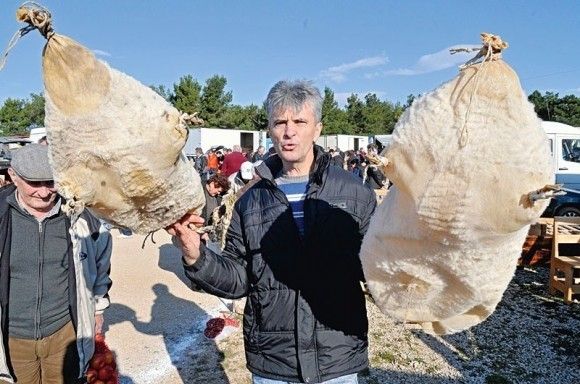
Make sure to follow our lifestyle page for more information on the intangible heritage of Croatia and much more.
SOURCE(S) (text and photos): HAH, Agroklub


